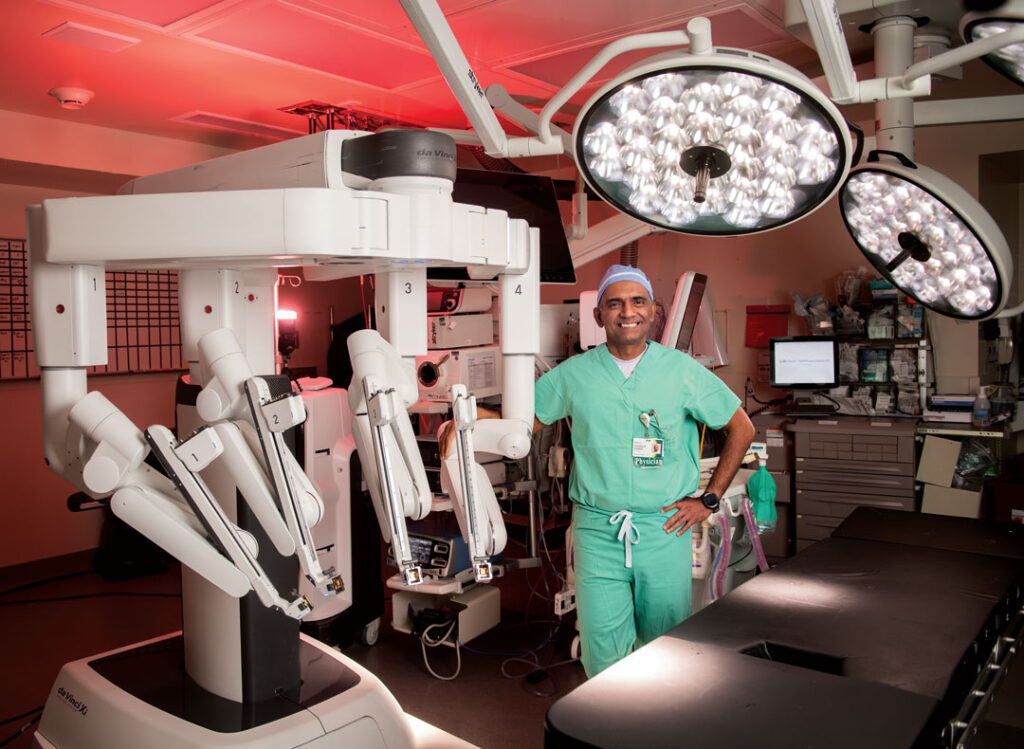The Elbert Files: A short history of electric cars

This Wall Street Journal headline caught my wife’s eye at breakfast recently: “Electric Cars Will Be Here Sooner Than You Expect.”
The article offered several reasons, including this: “Hy-Vee Inc., a chain of 241 grocery stores in eight Midwestern states, installs charging stations (for electric cars) at all its new locations; it has four chargers at each of 42 stores.”
Ironically, we had just watched the 2006 documentary “Who Killed the Electric Car?” about the EV1, an electric car manufactured by General Motors.
Between 1996 and 1998, 1,117 EV1s were made for distribution in California only on three-year leases. You could not buy the car, and apparently for good reason, because once the leases expired, GM rounded up all the EV1s and destroyed them.
The documentary assigned blame for the massive car crush to big oil, GM, the government and consumers, who were wary because the EV1 could not go more than 60 miles on a single charge, roughly the range of the first electric cars at the dawn of the 20th century.
I’ve been interested in electric cars since reading Bill Jepsen’s definitive 2007 history of the Iowa auto industry, “Made in Iowa: Iowa’s Automobiles.” One of his stories is about Des Moines inventor William Morrison, who claimed to have built the first electric car.
Morrison introduced his seven-passenger horseless surrey to the public in 1890, driving it in the annual Seni Om Sed (Des Moines spelled backward) parade through downtown Des Moines.
Scientific American said Morrison’s vehicle was powered by 24 rechargeable cells placed beneath the seats. Morrison claimed it could travel up to 100 miles at 6 to 12 miles an hour without a battery recharge. He made 11 copies, which sold for $3,600 each, according to Jepsen.
Morrison was not the only early carmaker to focus on electricity. According to Wikipedia, 28 percent of cars in 1900 were electric-powered. In fact, President Woodrow Wilson used an electric car to get around Washington, D.C., in 1918.
Electric cars fell by the wayside when Henry Ford and others began mass-producing gasoline-powered vehicles that could travel farther and faster at lower costs.
Interest in them did not resurface until the 1970s oil crisis and air pollution got people looking for cheaper, cleaner power.
Four decades later, we are finally seeing a new generation of hybrids and purely electric vehicles that can travel significant distances at decent savings, according to the Wall Street Journal story.
Which brings me back to Hy-Vee. When and why, I wondered, had Hy-Vee begun installing electric car charging stations?
It started in 2010, when the chain was seeking energy-efficient LEED certification for new stores to demonstrate its interest in the environment, said John Brehm, Hy-Vee’s director of site planning.
At a new store in Madison, Wis., he said, Madison Gas & Electric offered to foot the bill for vehicle charging stations.
Hy-Vee agreed and began placing charging stations at other stores, including its Urbandale store at 86th Street and Douglas Avenue. Today, 42 Hy-Vee stores have charging stations, which customers use at no cost.
Most Hy-Vee stations are what Brehm described as “level two, slower charge.” They provide enough power from a 30-minute charge to add 15-30 miles of driving distance to a purely electric car, he said.
Customer usage is small but growing, Brehm said.
Earlier this week, new electric vehicle options, including the all-electric Tesla, were featured at a National Drive Electric Week event in downtown Des Moines.
In fact, state records show a steady growth of electric vehicles in Iowa since 2012, with 163 electric-only vehicles now on the road in Iowa, along with 854 hybrid vehicles.









